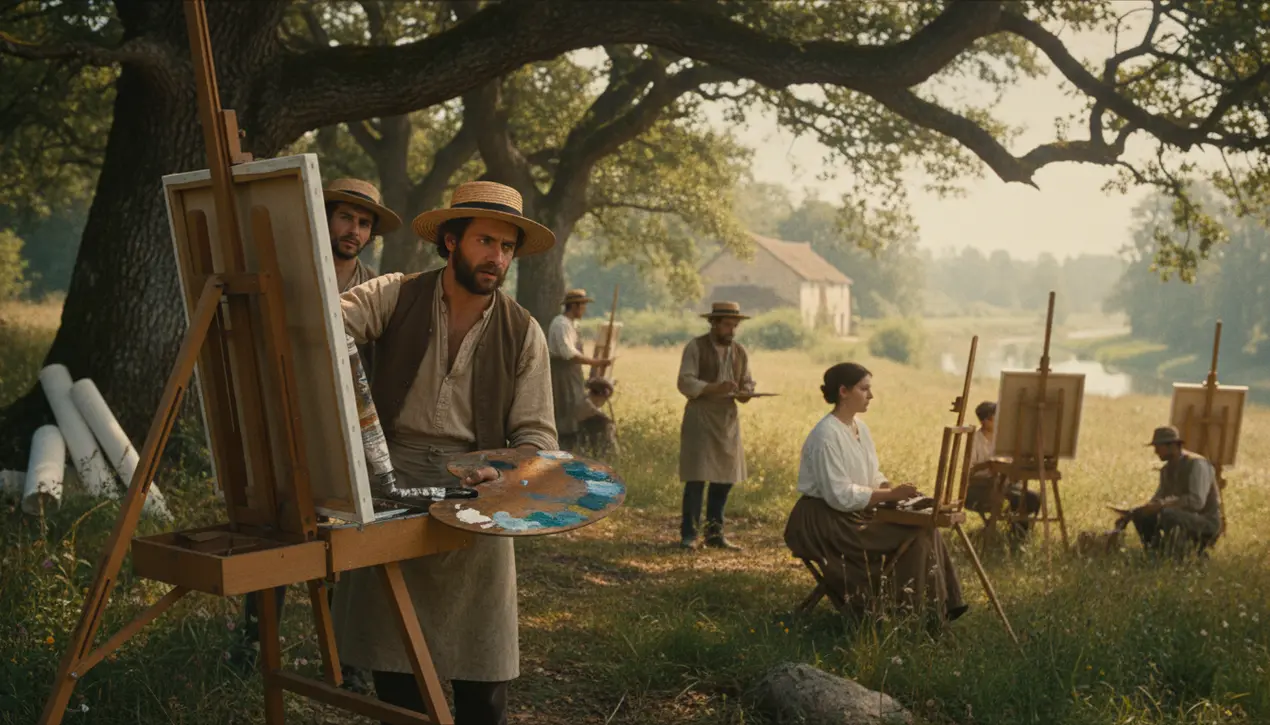
Entertainmenttheatre & artsArt Exhibitions
How Plein Air Painting Evolved from Radical Rebellion to Mainstream Practice
AM
Amanda Lewis
10 hours ago7 min read4 comments
What appears today as a peaceful pastime—painting at an easel in an open field—was once a defiant challenge to the artistic establishment. The practice of plein air painting originated not as a gentle hobby, but as a revolutionary statement articulated through bold color and natural light.For generations, institutions like the French Académie des Beaux-Arts enforced strict rules, maintaining that significant art was created indoors through careful sketches and classical themes. The resulting works were often large-scale, polished, and featured subdued, generalized colors.Choosing to paint outdoors directly opposed this entrenched system. This shift was fueled by both innovation and ideology.The mid-19th century introduction of portable paint tubes emancipated artists, much like the invention of the portable camera, by eliminating the need to laboriously prepare their own paints. This technological leap occurred alongside the growing Romantic emphasis on nature and the Realist focus on direct observation.Pioneers such as Jean-Baptiste-Camille Corot and Théodore Rousseau of the Barbizon School started working in places like the Forest of Fontainebleau to finish entire paintings on-site, recording the fleeting emotions of the natural world. However, it was the Impressionists—including Claude Monet, Pierre-Auguste Renoir, and Camille Pissarro—who fully embraced the radical potential of plein air.To them, the studio stifled true perception. Their goal was to seize the momentary: the precise glint of light on water at a specific time of day, the distinct color of a winter shadow, the lively feel of a city street.This represented more than a new method; it was a fundamentally new way of looking at the world. Their finished works, characterized by fragmented brushstrokes and vivid, often startling colors, were initially scorned by critics as messy and incomplete.The very aspects we admire today—the spontaneity and the sense of a captured instant—were clear evidence of their revolt. By favoring sensory experience over storytelling and optical reality over idealized form, they irrevocably altered the path of art history.This set the stage for future movements that valued personal perception above literal depiction. Thus, the simple act of painting in the open air stood at the forefront of the struggle for modern art's emergence.
#plein air painting
#art history
#outdoor painting
#art techniques
#radical art
#featured
Stay Informed. Act Smarter.
Get weekly highlights, major headlines, and expert insights — then put your knowledge to work in our live prediction markets.
Comments
Loading comments...
© 2025 Outpoll Service LTD. All rights reserved.